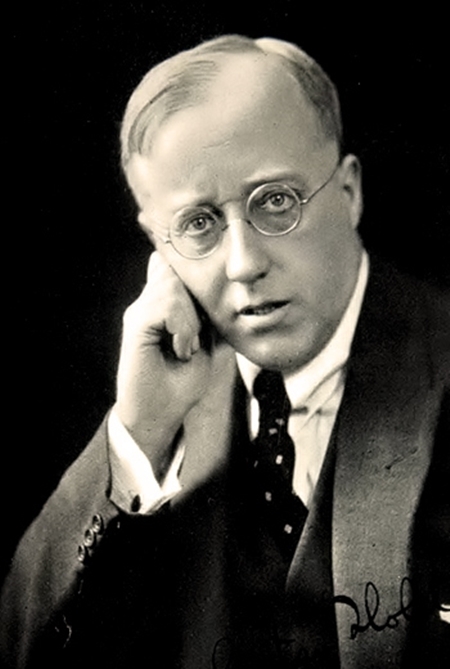
Some years ago, I happened to be driving along the North Shore of Switzerland’s Lake Geneva, en route to somewhere else, though I have forgotten exactly where. In Lausanne that morning, I’d bought an audio cassette of traditional Swiss folk songs. Later, my companion shoved the cassette into the car’s player and the first track turned out to be a yearning folksong from some Swiss mountain village. The lyrical music added a magical dimension to the alpine scene before us. Now, if you’re familiar with that part of the world, you’ll know that the scenery is pretty stunning anyway, but the evocative music we were hearing belonged to the landscape and somehow enriched the experience.
I’ve always been fascinated by folk music, partly because it so often encaptures the spirit of a country or region. The folk songs of Britain spring to mind. Despite the relative smallness of the country, the diversity of British folk music is extraordinary. Folk songs can often be traced far back into antiquity and in those bygone days, when people were working, threshing or pulling loads of timber, singing was a common activity. Not only did the songs reduce the boredom of repetitive tasks, they also set the pace for synchronized activities that involved teams of workers. Many sea shanties served exactly this purpose. During leisure time, telling stories and singing the old songs were popular forms of self-made entertainment.
Folk music has been defined as music that has evolved by a process of oral transmission over a period of time. The word folklore was coined as recently as 1846 by the English antiquarian William Thoms who described it rather pompously as “the traditions, customs, and superstitions of the uncultured classes”.
In Europe, the concept of nationalism was firmly established by the 19th century when it became one of the most significant political and social forces in history. Encouraged by waves of nationalist fervour, many composers took a renewed interest in their country’s folk music. In England, Cecil Sharp listened to hundreds of village folk singers and painstakingly wrote down their songs. Zoltán Kodaly and Béla Bartók did much the same in Hungary. Many European composers sought to develop a musical style that somehow reflected the essence of their homeland. To achieve this they inevitably turned to folk music.
The Slavonic Dances were inspired by the Hungarian Dances of Johannes Brahms, a set of twenty-one lively dances composed for piano in 1879. Dvorak’s publisher knew that the Brahms pieces were selling well and suggested that Dvorak might write something along similar lines. Originally for piano duet, the sixteen dances were published in two sets, the first in 1878 and the second in 1886. Whereas Brahms used original Hungarian melodies, Dvorak took typical Slavonic dances as models but used melodies that were entirely his own. His publisher was impressed, and requested Dvorak make orchestral arrangements. They have since become some of the composer’s best-loved music. Performances of the two complete sets are rare and conductors tend to pick and mix to suit the programme time available.
This colourful performance features the orchestra of Kranj Secondary School in Slovenia. The school was founded over two hundred years ago and the enormous orchestra uses a modern arrangement which includes four saxophones, two guitars and accordion, none of which appeared in Dvorak’s original score. Purists might foam at the mouth at these additions to the composer’s already superb orchestration but it doesn’t worry me too much under the circumstances. It was after all, the school’s “Great Christmas Concert” and for such events, certain liberties can be tolerated. I enjoyed the orchestra’s enthusiastic performance along with the sheer exuberance and joie de vivre.
Here’s another compelling high school orchestra offering, this one from Poland. You’d be forgiven for assuming that the title of this work refers to the Biblical St Paul, but it takes its name from St Paul’s School for Girls in Hammersmith, West London. Despite his foreign-sounding name, Gustav Holst was English and he served as the music teacher at the school from 1905 to 1934. This ever-popular work was published in 1922 and it’s one of many he composed for the school’s orchestra. The lively music draws its inspiration from folk song and dance and it’s easily approachable too, full of rich modal melodies and quintessentially English in spirit. If you don’t know the work, you might get a surprise (at 11:23) during the last movement when the melody of the most well-known of all English folksongs creeps into the rich texture of sound.
 |
 |
 |





